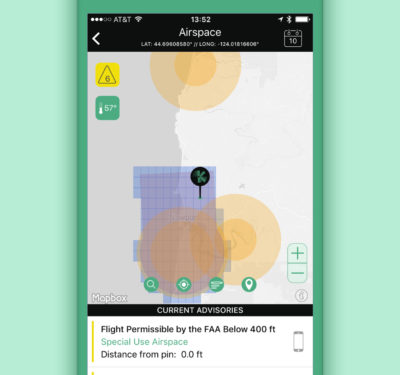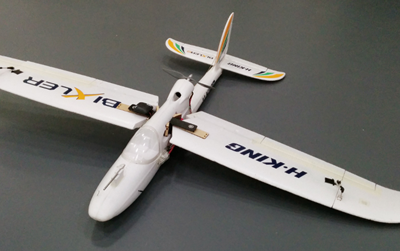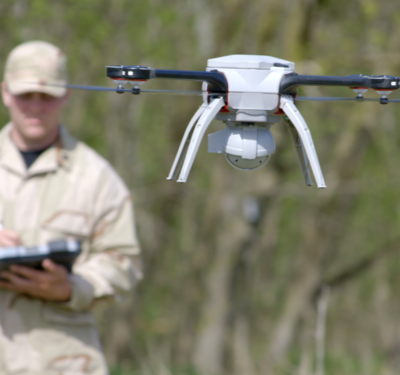
As AURA’s aviation regulatory affairs director, Jim Williams leads the company’s efforts to secure approval to use its network to provide command-and-control links for both crewed and uncrewed applications. His 40 plus years of aerospace-sector experience encompasses three decades of FAA service, including his tenure as Executive lead for the UAS Integration Office, charged with the integration of UAS technology into the National Airspace System.
Q: You’ve been involved in the issues surrounding the use of unmanned aircraft for many years; is the industry where you thought it would be by now?
A: It’s been now 11 years almost exactly since I started in this business fulltime, when I took over the UAS integration office in 2012. And, I don’t think it’s achieved the level of development that I would have expected in those 11 years. I think there a couple of reasons for that. The rulemaking plan that we put together while I was there was thrown off the tracks by the remote ID controversy. But the real kicker was when the 737 Max crash occurred. The Aircraft Certification Organization had to refocus for years and years and years due to congressional direction. That reorientation sucked a lot of the resources away and kind of slowed down the process of getting certification. So, to sum it all up, no, I don’t think it’s where I expected it to be, but I completely understand why we’re not where we expected it to be.
Q: What should companies in the unmanned systems space do to make sure they are best able to take advantage of BVLOS capability?
A: The biggest thing is support for the standards. If you believe, which I do, that the FAA is going to go to this delegated compliance standards approach for certification, well, if you have the mature standards, when the rules come out, then that shortens the timeline to success. The way to make that happen is for everybody to be focused on standards, working with the FAA to come up with the right standards.
Q: What are the specific applications for BVLOS that are most likely to drive public benefit?
A: How about delivering AEDs? Somebody’s on the ground dying. It could be from a heart attack and if there’s an AED handy, they’ll live. If it isn’t, they’ll die. If you could send a drone with that AED within a couple of minutes, you’re going to save lives.…On the larger end, there are places now that are totally dependent on trucks because it’s not cost beneficial to fly even a small cargo aircraft in and out of these outward locations. But if you had set up the caravans that were automated, then all of a sudden it becomes an economical route. And that’s where Xwing and Reliable Robotics are living, in that space. So now you have rural, rural areas where you can get overnight package delivery where you can’t today.
Q: What is the application of BVLOS that most excites you personally?
A: I’m an eVTOL geek. I would love to walk down to the corner and jump in an air taxi and go fly like the Jetsons or like the Star Wars movies, like Coruscant where everything is in the air. I think the ultimate destination for all of this is air taxis. And if you look at the problems with congestion in the big cities, if you now have three dimensions instead of two to move people around, you’re going to eliminate a lot of that traffic.
Q: After the BVLOS rule, what’s the next big step needed to push the industry forward?
A: To me, the next step is this automation revolution that’s happening in uncrewed aircraft is going to find its way into passenger-carrying aircraft. And things are just going to get safer and safer because the automation is going to be super robust and super reliable so that we’re all going to benefit.






